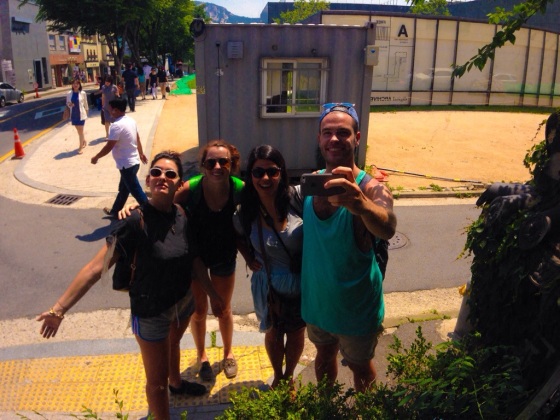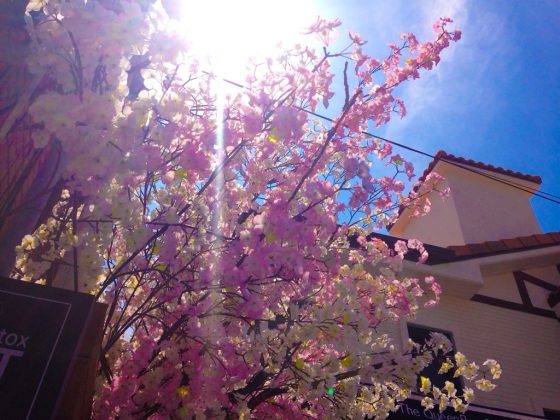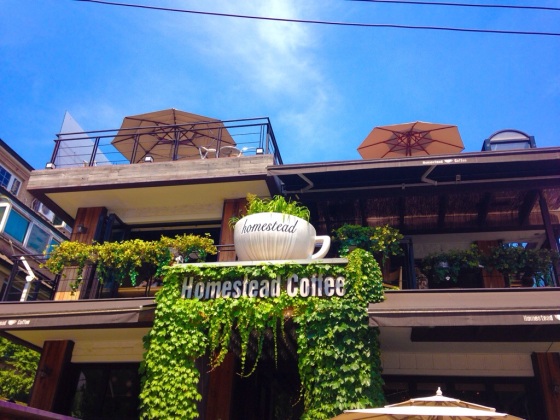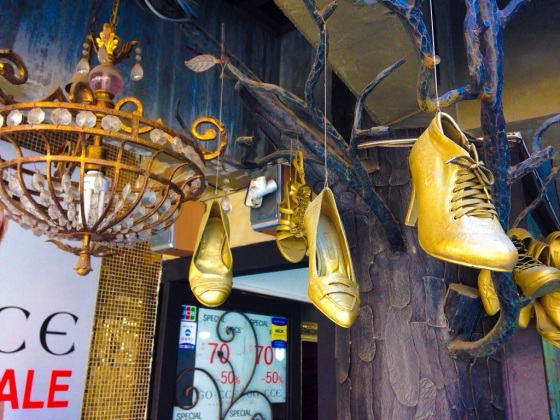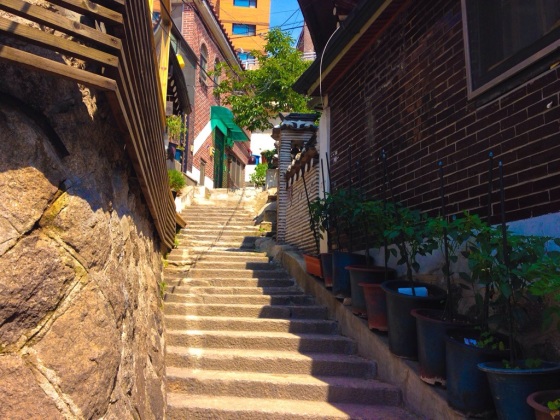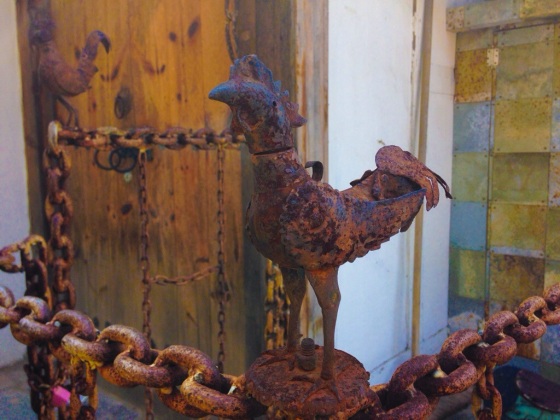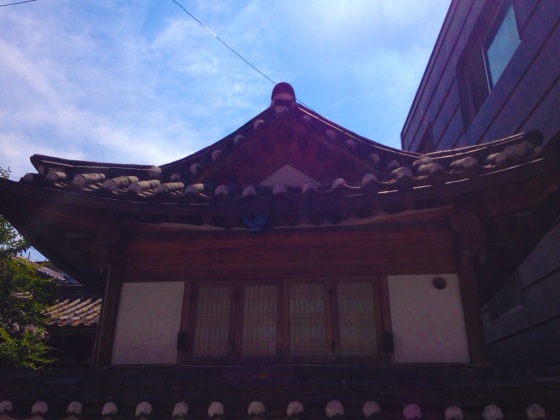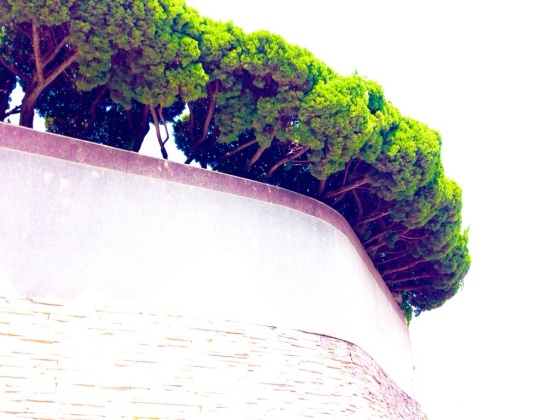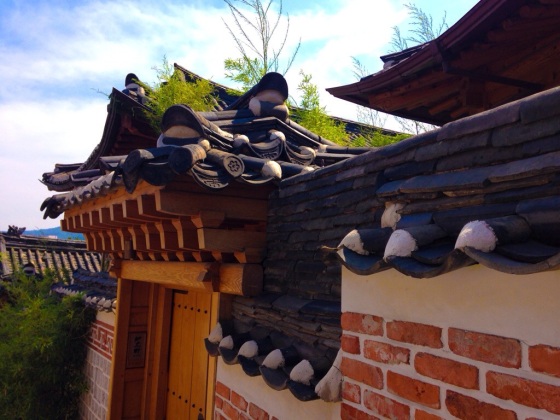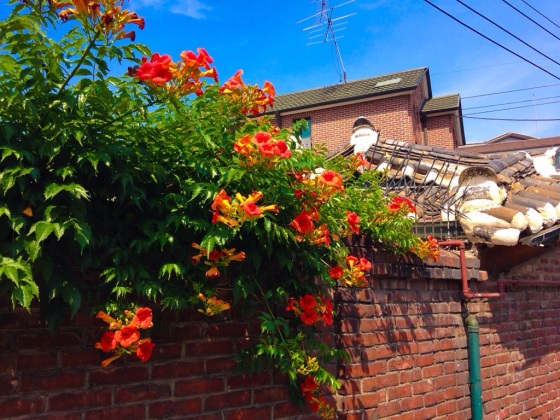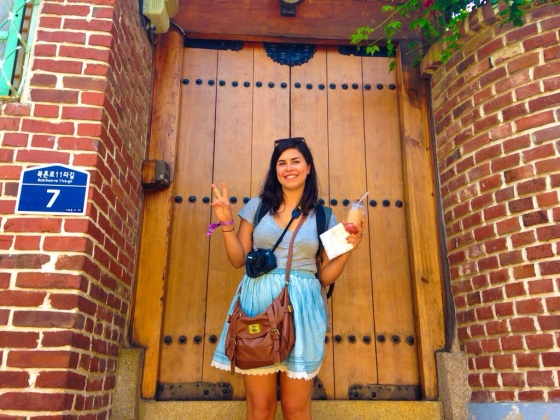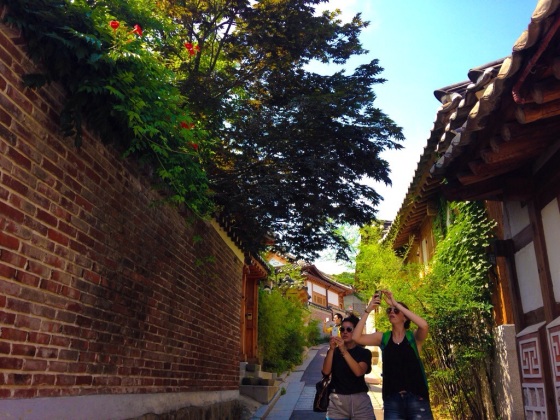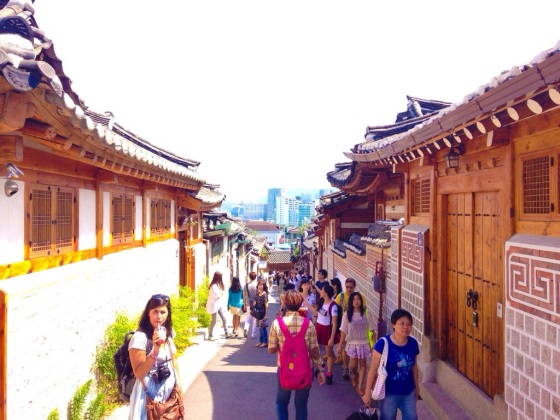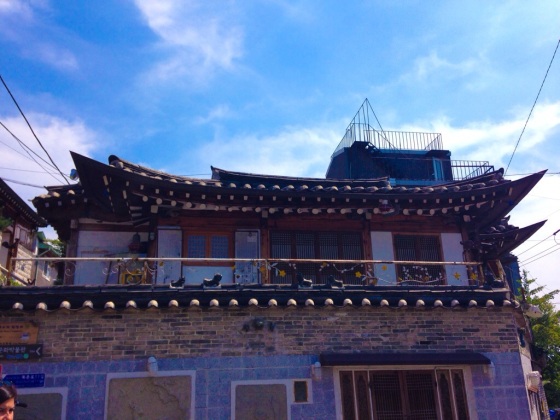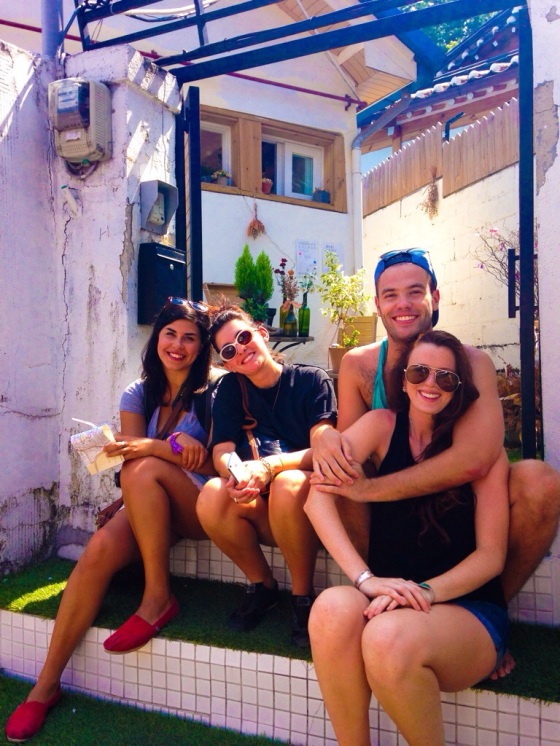This is a Korean Bucket List post. Check out the rest of my list here.
As I mentioned late last week, my two trips to Seoul this year were short and sweet, but not without a “millennial abroad” hustle and flare.
Immediately after Steph, Mary, Nina, and I finished touring around Gyeongbokgung Palace, we headed to Bukchon Hanok Village, knowing that we would only have about an hour and a half to explore before heading to Seoul Station to catch our train. Hustle, hustle, flare.
As is common with my bucket listing these days, I had researched some worthwhile sights to visit in Seoul weeks and weeks before going, in the spirit of Type-A planning. Once I was en route to Bukchon, however, the significance or even a visual of this tiny village had totally escaped my mind. This would explain why the girls and I spent approximately thirty minutes wandering around Samcheong-dong, assuming that these charming streets lined with its hip cafés, galleries, and shoppes were those of Bukchon Hanok Village.
Eventually, we realized that while the the neighbourhood of Samcheong comprises Bukchon, we needed to ascend a concealed staircase off of the main road, Samcheongdong-gil. Soon, the trendy accessory stores and bustling roads disappeared. Bukchon was very similar to Gyeongbokgung in that sense – despite being located in the middle of a major metropolitan city, the quiet streets provided a sanctuary from the thronged crowds on the streets below.
Bukchon Hanok Village, with its close proximity to Gyeongbokgung Palace, Changdeokgung Palace and Jongmyo Shrine, also has a rich history rooted in the Joseon Dynasty. Bukchon comprises dozens of small alleys, lined with hundreds of traditional houses called “hanok” that were built during the Joseon Dynasty. The nearly 600-year old village has been meticulously preserved, and now functions as cultural centre for tourists to experience what the atmosphere of the Joseon Dynasty was truly like. The village is home to a hanok-style guesthouse (Rakgojae), a traditional liquor brewery, and several museums devoted to traditional Korean talismans, embroidery, and Buddhist art.
The girls and I strolled the quiet streets of Bukchon for about 30 minutes, admiring the beautifully tiled roofs and serene atmosphere of the village. We were careful to admire quietly – there were multiple signs informing tourists to be respectful to the residents who call the hanoks home. Unlike other hanok villages throughout Korea, Bukchon was not constructed to function as a tourist attraction. I find it truly amazing that Bukchon has been preserved to the state in which it has been, and feel blessed that I got to observe and experience the Joseon Dynasty way of life, even in a “hustle, hustle, flare” sort of way.
Directions
To get to Bukchon Hanok Village, take Line 3 on the Seoul Subway to Anguk Station (stop 328). Walk straight for about 300m to arrive at the village. In addition, there is a Tourist Information Centre outside of exit 1, which provides tourism information on the Bukchon Hanok Village and Samcheong-dong.
Note: Please keep this in mind and follow the precautions below when visiting Bukchon Hanok Village:
– Please keep noise levels to a minimum (e.g. no loud voices, horsing around, filming, etc.) especially in the 31 Gahoe-dong area
– Please do not litter
– Please keep group visits to a maximum of 10 people
– Please do not use microphones or loudspeakers
– Please do not take photos or film the insides of houses

